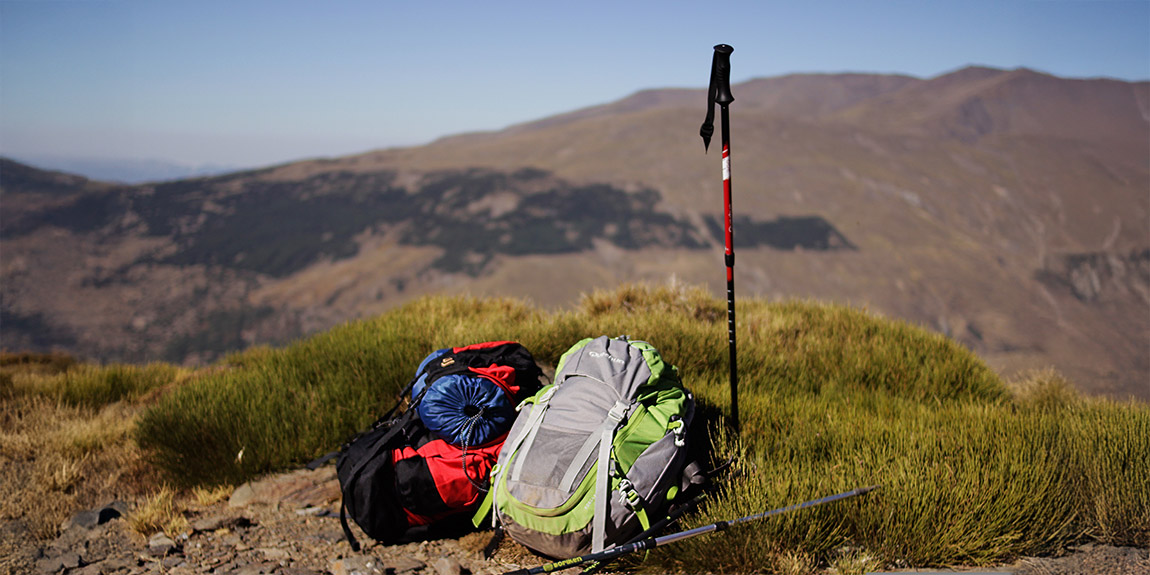
Efficiently packing a backpack is crucial for maintaining comfort and balance on the trail, preventing undue strain, and ensuring easy access to essential items. The general principle involves distributing weight strategically: heavier items should be placed close to your back and between your shoulder blades, which helps keep your center of gravity stable. This prevents the pack from pulling you backward or to the side.
Lighter, bulkier items, such as your sleeping bag or extra clothing, can be placed at the bottom of the pack, while medium-weight items like food and cooking gear should fill the middle and top sections. Frequently accessed items, like snacks, a map, or a rain jacket, should be stored in exterior pockets or the top lid for quick retrieval without unpacking everything.
Compressing your gear as much as possible, using stuff sacks or compression straps, helps to eliminate dead space and prevent items from shifting around inside the pack, which can throw off your balance. Finally, adjust all straps – hip belt, shoulder straps, sternum strap, and load lifters – to ensure the pack fits snugly and the weight is properly distributed on your hips, where it should ideally be carried.
- Heavy Items Close to Back Place dense, heavy gear near your back for stability.
- Lighter Items at Bottom Pack bulky, light items like sleeping bags at the base.
- Medium Weight in Middle/Top Distribute food and cooking gear in the middle and upper sections.
- Accessible Essentials on Top/Outside Keep frequently used items in the lid or external pockets.
- Compress and Cinch Down Tighten straps and use stuff sacks to prevent shifting.
For More Information Please Visit: Backpacker.com | Osprey.com









